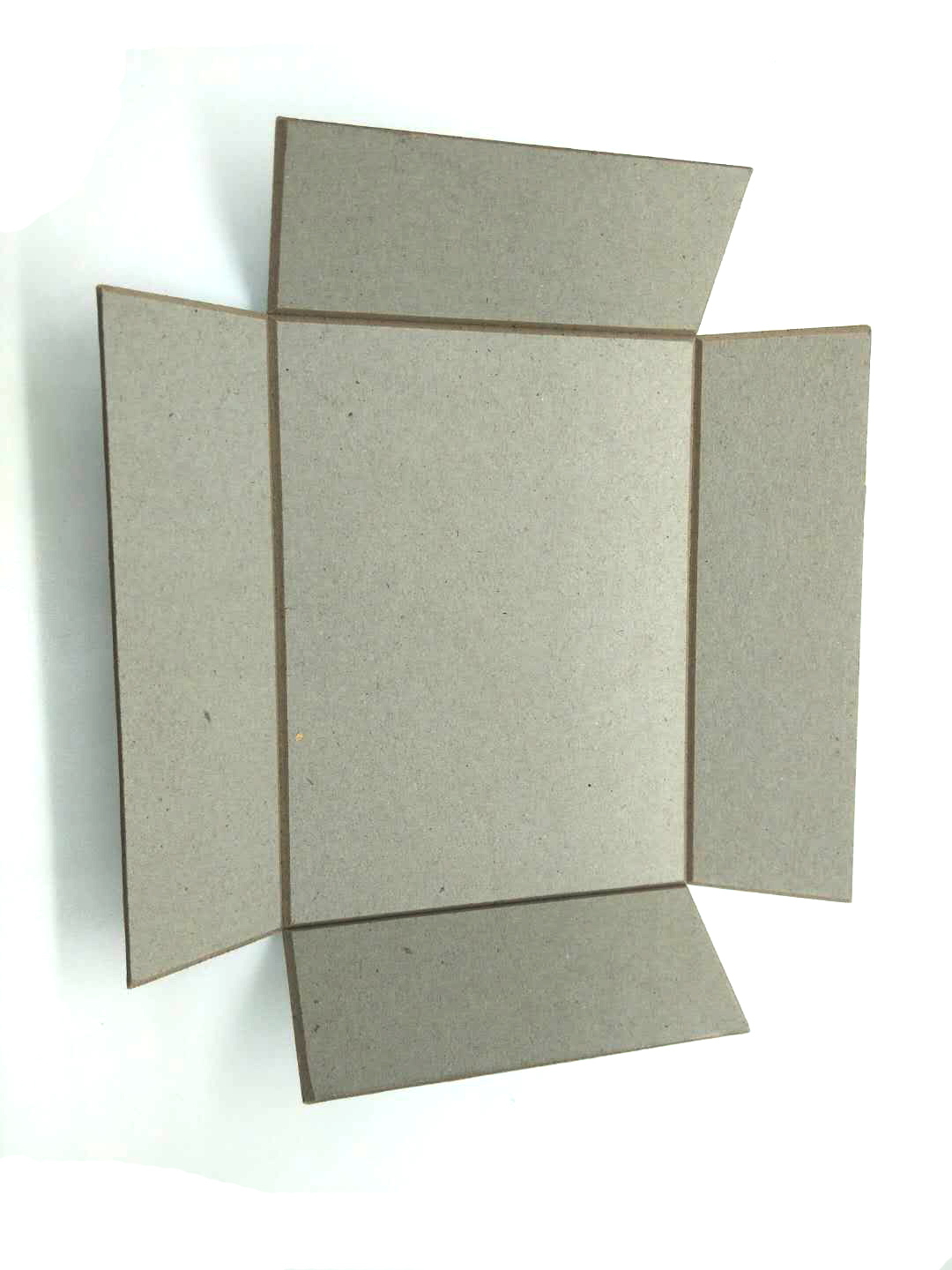Telephone
+86-769-88013336

With awareness growing about the issues of single use plastic, people are looking for environmentally-friendly alternatives for packaging their products.
For too long there’s been a perception that grey board has limitations when it comes to packaging and the easy availability of plastic has reinforced this. However, after nearly 200 years of use, cardboard packaging has stood the test of time. What’s more, it’s now looking like the packaging of the future. Biodegradable, reusable, recyclable cardboard starts existence as a tree and has the potential to end as compost for more trees.
Its versatility meets the needs of modern industries, too. Cardboard can be converted into a range of packaging shapes to protect and promote products from healthcare to food and drink. The key stage of the process that converts reels of cardboard into end products is the cutting stage. The best-known die cut cardboard is probably the sheet form, which can be up to 2000mm x 3200mm in size. Sheets of various sizes can be guillotined, scored and folded into boxes. They can also be laminated to create an even more durable sheet of up to 5mm thick, but that’s still only part of the story.

Dies are also used to cut various shapes in cardboard sheets and boxes. Holes can be cut at regular intervals in the grey cardboard sheets, or the corners rounded off to prevent damage to the goods that are being transported between boards. Die cut boxes are so widespread that users hardly notice them; but few can imagine life without boxes of tissues. Similarly, hospitals, museums and other institutions depend on regular supplies of cardboard boxes of latex gloves.
And when it comes to strength – cardboard has it too. The classic cardboard tube comes in both spiral and convolute forms, with the sturdy convolute form proving an ideal way to protect household items from blinds to curtain rails. Cardboard tubing can also be used to replace plastic in the food industry – for instance, in packs of herbs and spices and tubes of sweets. Presentation counts in retail – chocolate eggs wouldn’t look half so good without those colourful die cut boxes, either!
Copyright © 2019 NEW BAMBOO PAPER (HK) CO., LIMITED | All Rights Reserved